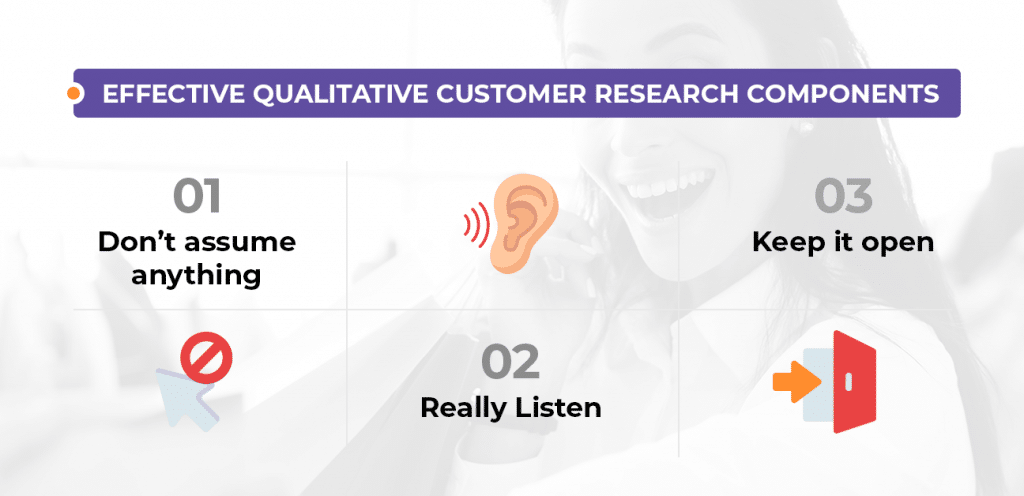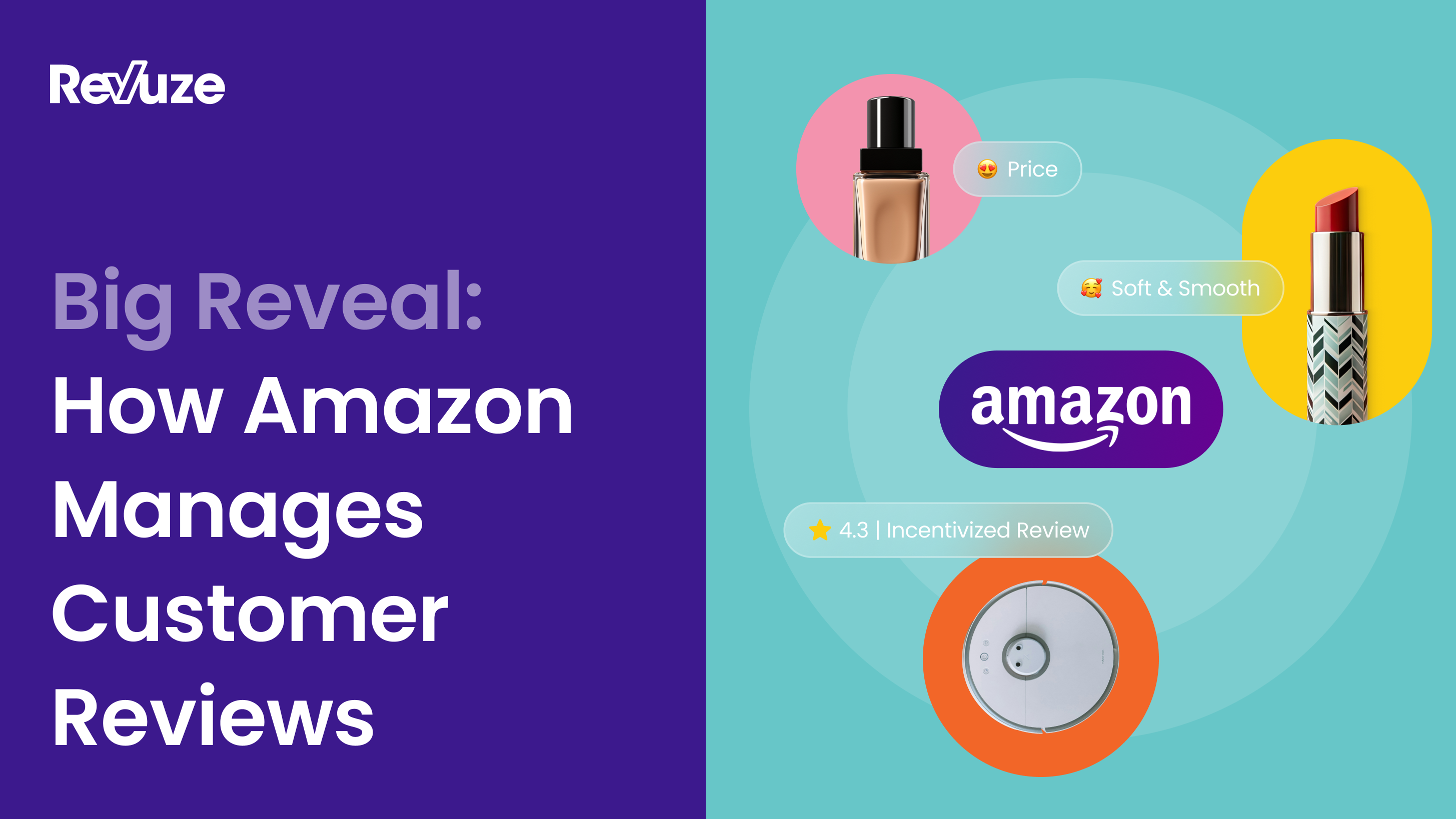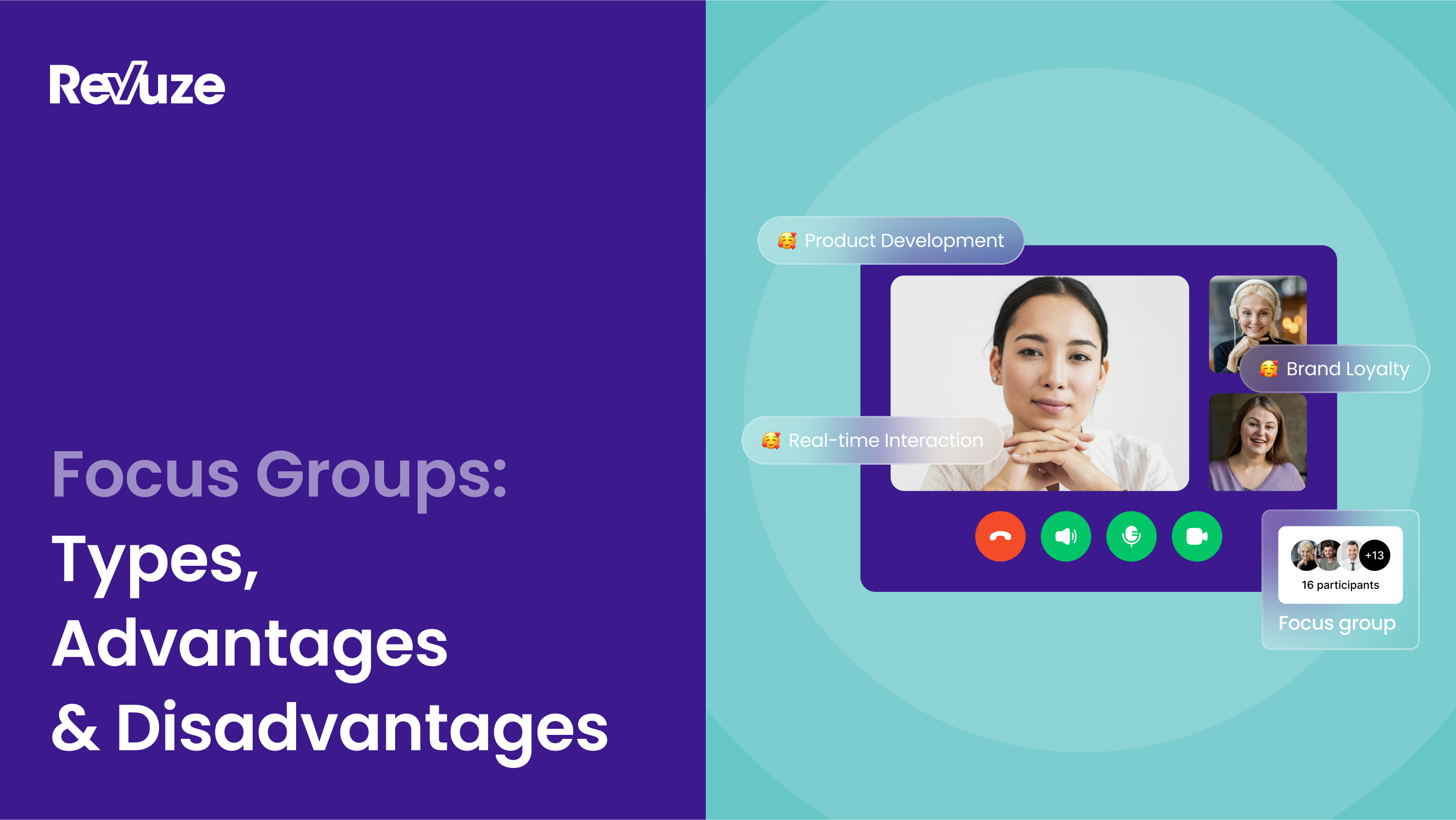
Open-Ended Questions Defenition
An open-ended question is a question which can’t be answered by a simple “yes” or “no” answers. Most businesses nowadays are required to run surveys to collect data from their customers for better understanding their consumer pain points and to get more insights about their consumers.
Pain Points are any problems customers experience with a product or service. These issues can present in different aspects, like productivity levels, process execution, or financials. Identifying these pain points is a vital part of an effective Go-To-Market (GTM) Strategy that will enable you to enter a new market successfully and efficiently.
Business pain points often hide in plain sight. Many businesses aren’t happy or eager to discuss them, or just might be completely unaware of their existence. These problems can run deep and affect the entire business. So, it is really important to identify and manage them – be it a potential consumer’s problem or your own business that is having some issues.
This blog post will show you how using an open-ended question survey will help you to better identify and treat Business Pain Points.

How to Identify Customers’ Pain Points?
Well, the answer is quite simple – just ask.
Asking your current and potential consumers about their opinions, experiences and perceptions of the product or service will help you identify brand strengths, preferences and pain points. But, like any other market research tool, to get quality data starts with asking the right kind of questions.
Perhaps the most popular tool for measuring consumer experience is quantitative research, like Customer Satisfaction Score (CSAT) or Net Promoter Score (NPS) surveys. Unfortunately, these quantitative methods provide only a numeral score or statistics. This type of data is great, but since what causes pain points can be as varied as your clientele, it might not be enough.
In order to fully understand what causes or affects your customers’ problems you need a more in depth approach. This is where qualitative research comes in. Qualitative research enables you to gather information about consumers’ impressions, opinions, and views.
Effective Qualitative Customer Research has 3 key components –
- Don’t assume anything – We all have our biases and preconceived notions that affect our judgment, whether we like it or not. Don’t think you know what’s been troubling your customers. Otherwise, you riske overlooking pain points and hurt your marketing efforts.
- Really Listen – Don’t dismiss any communication or feedback platform. Use surveys and social listening tools to gather any and all customer feedback you can. The wider net you cast, the better chances you will find some pain points.
- Keep it open – Use open-ended question surveys, allowing responders to describe their motivations, thinking, and attitudes in their own words.
Ask the Right Questions
Well, there are no magic questions to make pain point discovery quick and simple. However, open-ended survey questions are as close as you can get.
Also known as free-form questions, these survey questions normally vary depending on industry, market, or target audience, and aim to gather the subjective experience of the responder.
Here are some examples of open-ended questions that can help you identify customer’s pain points:
- Why isn’t your current process working?
- What’s preventing you from reaching your goals?
- Why are you losing deals/customers?
- What are the challenges you’re facing?
- What takes most of your time/resources/efforts?
Asking the right questions will provide you with valuable insight into how you customers are handling their pain, how it affects them, and what value does your product or service has to offer them.
But what pain points can you identify using these questions? Here are some examples:
- What takes most of your time/resources/efforts? – This question will help you identify productivity related pain points. It’ll help you understand what is making your current or potential customers waste a lot of resources (time/money/personal). Using this information enables you to optimize or customize your service or product to better suit your consumer’s needs, thus improving sales.
- Why isn’t your current process working? – Most businesses struggle identifying their cross-departmental issues or obstacles. This question forces your potential customers to think about and consider their problems throughout their entire work process, not just a single department or specific aspect of their operations. Having this information will enable you to uncover some underlying pain points that affect the whole business.
- Why are you losing deals/customers? – This is a pretty straightforward question. But don’t be afraid to ask it! Knowing if the business isn’t selling well or is losing consumers is vital. That is the only way for you to solve this financial pain point. It’s important to understand whether you need to improve product marketing or to trim unnecessary features/services that aren’t attracting customers.
Now that you have all this information and have identified some business pain points, it’s time to get to work.
How to Address B2B Pain Points
Whether you research a B2B or a B2C market, using open-ended question surveys which involve extensive and well-thought out questions will provide you with the information you need.
But how do you deal with the pain points you discovered? Or in other words, how do you make sure your solution is chosen? How do you make your product/service more approachable and attractive?
First, always try to use your customer’s language. Building and maintaining trust is often more important than trying to impress potential customers. Using jargon can cause misunderstandings and bring frustration that hinders sales.
Second, understand who calls the shots and is empowered to solve the problem. Knowing who can make the decision will save you valuable time. You need to approach the people or divisions that can take on and implement the solution you are offering. It’ll help you deal with the pain point and improve customer’s satisfaction and attitude.
Conclusion
Identifying and dealing with business pain points starts with performing quality market research. Using open-ended question surveys will provide you with valuable insights into business pain points, so you can identify the issues and react accordingly.
If you want to find out more about how Revuze can help you with open-ended survey analysis or need other tips for improving your market research – let us know!
 All
Articles
All
Articles Email
Analytics
Email
Analytics








 Agencies
Insights
Agencies
Insights